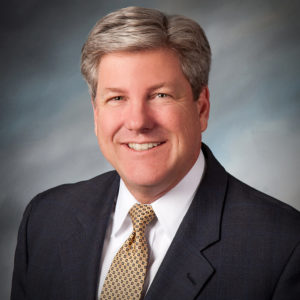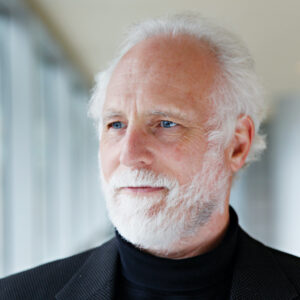![]()
Originally published on ThinkAdvisor.com, August 4, 2015
By Knut A. Rostad
Industry comments on the DOL conflict of interest rule are in and offer a treasure trove of industry thinking. One such gem may be industry views on the continued abysmal levels of investor trust (you can view the comments yourself on DOL’s site; the Department’s home page on the “Conflicts of Interest Rule” is here). Many industry letters share a theme: Firms say they support a “best interest” standard, then roundly denounce the DOL rule. Such as:
“Janney is in favor of a uniform higher standard (for) all investment relationships …. (however) the resulting proposal … will be confusing and increase costs … (and) will have the unintended consequence of cutting off the very advice that retirement investors so desperately need.”
“Edward Jones supports the application of a best interest standard of care…. (yet) we do not believe the Proposal as written would yield the intended the results.”
“Bank of America supports … (holding) advisors to a “best interest” standard …. however, …. (the proposal) is likely to increase investor costs, limit their choices, …. (the Best Interest Contract exemption) would be unworkable in practice.”
The Best Interest Contract Exemption (BICE) requires the firm and the broker/advisor “contractually acknowledge fiduciary status, commit to adhering to basic standards of impartial conduct, ….” Brokers/advisors are essentially asked to do what brokers and advisors already imply they do. What’s this?
To promise in writing to do what’s right. Charge reasonable fees. Follow policies to manage conflicts, give impartial advice and tell the truth. Disclose conflicts and all fees the investor pays and the firm receives, and follow state/federal laws.
Though BICE principles are indisputably reasonable, many firms appear to oppose them when they say the BICE is “unworkable.” The irony is that some of DOL’s proposed ideas to apply BICE principles should be opposed because they are too burdensome, serve little or no purpose and need to be revised.
The principle of fee transparency is reasonable; the DOL idea that brokers provide detailed cost estimates ten years into the future is nonsensical, should be scrapped and replaced with a simpler and effective way to apply the principle.
But distinguishing between a core fiduciary principle and the DOL’s attempt to apply that principle is lost in how firms discuss the BICE. When this distinction is lost the clear conclusion is that a best interest standard should be opposed. Certainly many investors believe so today.
Mitch Tuchman of Rebalance IRA wrote about how investors feel about their advisors onMarketWatch:
“They’ve had the same retirement adviser for years, yet they strongly distrust that person. It can be hard for them to discuss it, as if they suffer from a financial version of Stockholm syndrome — the psychological phenomenon where hostages express sympathy toward their captors and even defend their actions. They know they pay too much in fees. They know high costs hurt their chances of retiring on time. But they find it hard to break long-standing, sometimes inherited relationships.”
The Wall Street Journal recently reported that “Brokers Are Trusted Less Than Uber Drivers, Survey Finds.”
The survey, commissioned by digital financial advisor Personal Capital, found that 51% of respondents ranked Uber drivers highly, while only 31% ranked brokers highly.
Just 17% said they feel very confident in the knowledge “of fees they pay their financial advisors or brokers.” Further, “94% of investors would ditch their broker for a trustworthy advisor if they knew he she were not required to provide advice in their best interest.”
When DOL holds hearings next week firms will have a unique opportunity to shape the final DOL rule. Firms will have a stage and megaphone to speak about how they can meet the requirements of BICE and a true best interest standard if DOL streamlines the procedures for doing so.
There is no doubt fiduciary principles can be upheld while the cost of doing so is reduced.
Firms should then show support for the best interest standard and the idea that investor trust matters. Firms should speak clearly on how they will revise their practices to embrace what BICE requires, which is also what clients expect.
After all, is charging reasonable fees and giving impartial advice really unworkable?
Such clear statements and concrete actions would speak volumes of a firm’s commitment to minimizing conflicts and doing what’s best for clients and restoring investor trust. A firm’s inaction would speak even louder.

